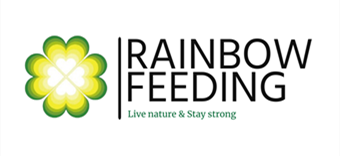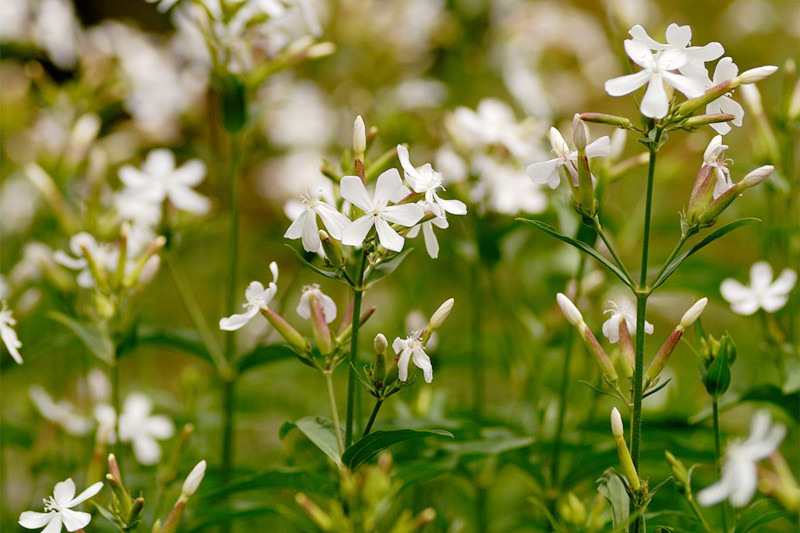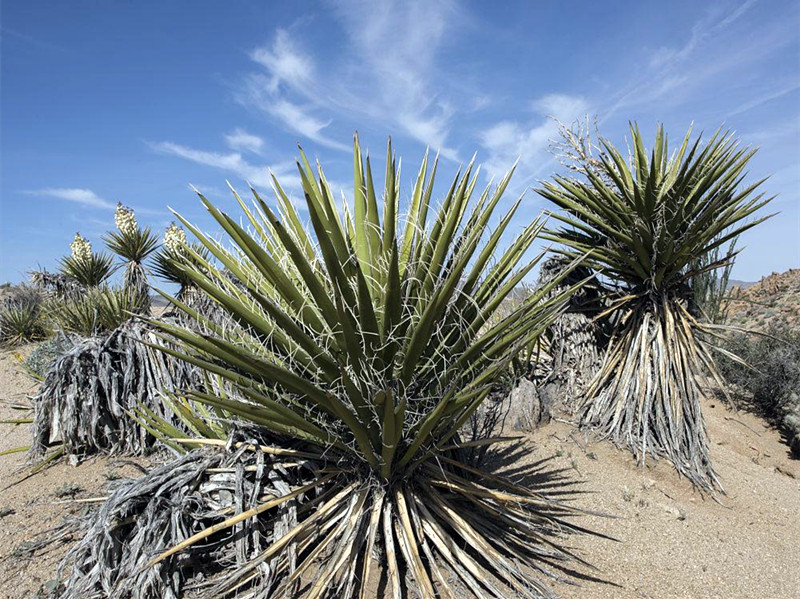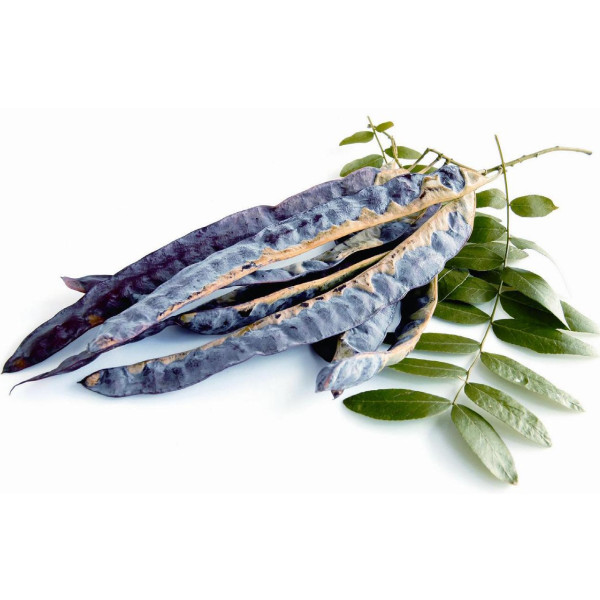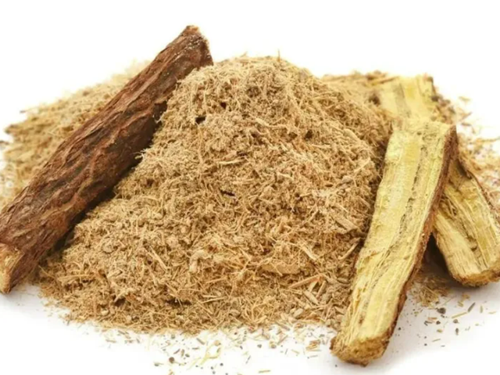Which Herb Can Be Used For Natural Surfactant
Surfactants are an important group of ingredients you probably use in your daily beauty products. Often found in soaps, shampoos and facial cleansers, they are responsible for foaming and increasing the wetting properties of a liquid. They also act as dispersers, emulsifiers and solubilisers. A strictly natural surfactant should be taken directly from a natural source, which means the raw material should not go through any type of chemical synthesis or processing. Some of them have excellent compatibility with a wide range of PH and are safe for the skin. There are several herbs and plant extracts that can be used as natural surfactants. Here are a few examples.
Soapwort
Soapwort, also known as Saponaria officinalis, is an herbaceous plant that has been used for centuries for its cleansing properties. Native to Europe and parts of Asia, soapwort contains saponins, which can be extracted from the roots or leaves of the soapwort plant. It produces a soapy lather when mixed with water and used as a natural foaming and cleansing agent. Soapwort has been traditionally used for centuries as a natural soap substitute as well as for medicinal purposes due to its surfactant properties. Today, soapwort is gaining popularity as a natural alternative to chemical-laden cleaning products due to its gentle yet effective cleansing properties.
Soapnut
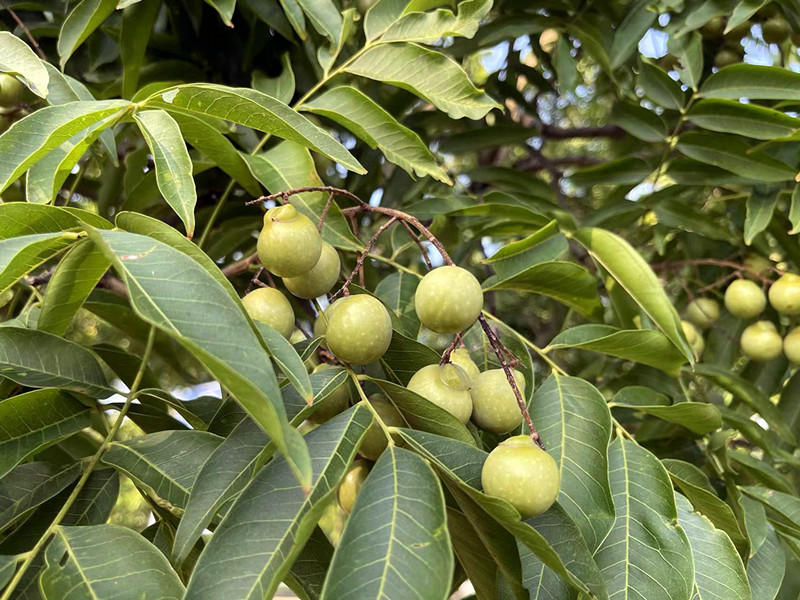
Sapindus Mukorossi
Sapindus mukorossi, also known as soapberry, soapnut and reetha, is a deciduous tree of the family Sapindaceae. The fruit of sapindus mukorossi (also called soapberry or washnut) is a tree that produces saponins that create a rich lather when it comes into contact with water, and are natural surfactants. Soapnut extract contains high levels of saponins, which are natural surfactants. It has been used for centuries in various cultures as a natural cleaning agent and laundry detergent.
Yucca schidigera
Yucca schidigera, commonly known as the Mojave yucca or Spanish dagger, is a plant native to the deserts of southwestern North America, particularly in the Mojave Desert. This evergreen succulent is characterized by its sharp, sword-like leaves and towering flower stalks, which can reach heights of up to 20 feet. While it has long been used by indigenous peoples for food and medicinal purposes, yucca schidigera extract is also becoming increasingly popular in mainstream health and wellness circles due to its numerous health benefits. Among these benefits are its anti-inflammatory and antioxidant properties, which may help to reduce inflammation, boost the immune system, and support overall health. Early research suggests that yucca might help lower high blood pressure and cholesterol. It might also ease symptoms of osteoarthritis. It seems to work by lowering the body’s levels of triglycerides and cholesterol. Some people might experience serious heart side effects, such as fast, irregular, or pounding heartbeats, shortness of breath; or lightheartedness.
Additionally, the plant’s roots and leaves have been traditionally used to make soaps and other cleaning products due to their natural saponin content, which produces a foaming lather when mixed with water. Yucca saponins act as natural surfactants, commonly used in natural and eco-friendly cleaning products and can provide foaming and cleaning properties.
Yucca extract can also be used as a soil wetting agent, stimulating soil microbes and enhancing the uptake of nutrients. It also fixes hydrophobic soils by breaking down the waxy coating that prevents water from entering. The steroidal saponins in yucca schidigera reduce the surface tension of water droplets when applied as a foliar spray, allowing them to spread more evenly on plant leaves and to penetrate deeper into leaf tissues. This improves nutrient absorption and helps plants tolerate stress conditions such as heat, drought, salinity, and pests.
Quillaja (Quillaja saponaria)
quillaia tree (quillaia or soapbark) is an evergreen tree in the family Quillajaceae, native to South America. The bark extract of the Quillaja tree contains saponins that can be used as natural surfactants. These saponins have many beneficial properties, including antifungal, antiviral, and anti-inflammatory effects, are used as foaming agents, cleansing agents, emulsifiers and surfactants in cosmetic products. It is often employed in the food and beverage industry, as well as in personal care products.
Aloe vera
Aloe vera gel contains saponins, which can act as mild surfactants. Aloe Vera Extract can be used in soaps, shampoos, cosmetic creams and lotions, and as a facial wash. While not as strong as some other natural surfactants, aloe vera can be used in gentle cleansing products such as facial cleansers and body washes. Aloe vera is one of today’s magic plants and it can do wonders for your skin and hair. It hydrates and moisturizes without leaving any greasy residue, makes your hair shiny and healthy, and also fades tans and stretch marks. The anti-inflammatory properties of this natural plant are also useful in treating psoriasis and dermatitis.
Aloe vera is known to treat chronic digestive diseases, including irritable bowel syndrome and gastroesophageal reflux disease (GERD). It has also been shown to improve blood sugar control in people with diabetes by lowering plasma glucose levels. This is especially true when it is taken orally in the form of crushed leaves, juice, powder, and capsules.
Licorice (Glycyrrhiza glabra)
Glycyrrhiza glabra, commonly known as licorice, is a perennial herb that has been used for centuries in traditional medicine and as a sweet flavoring agent. Native to the Mediterranean and parts of Asia, this plant is characterized by its distinctive root system, which contains a variety of beneficial compounds, including glycyrrhizin, flavonoids, and saponins. These components have been shown to have a range of health benefits, including anti-inflammatory and anti-viral properties, as well as the ability to soothe digestive issues and promote respiratory health.
Licorice root extract contains saponins that have surfactant properties. It is commonly used in skincare formulations and can provide mild cleansing and foaming effects. It is also commonly used in cosmetics and skincare products for its ability to reduce inflammation and brighten the skin.
These are just a few examples, and there are many other herbs and plants that can be used as natural surfactants. The specific choice of herb extract as a natural surfactant would depend on the desired properties, application, and formulation requirements. The prospect of natural surfactants is an exciting development in the field of sustainability and eco-friendly products. Many conventional surfactants are derived from petroleum or other non-renewable resources and can have negative impacts on the environment. Natural surfactants, on the other hand, are derived from renewable resources such as plants or microbes and are biodegradable, making them a more sustainable option. They also have the potential to be more gentle on skin and less irritating than their synthetic counterparts. While research on natural surfactants is still in its early stages, there is promise for their use in a variety of applications. As consumers become increasingly aware of the impact of their purchasing decisions on the environment, the demand for natural surfactants is likely to grow.
